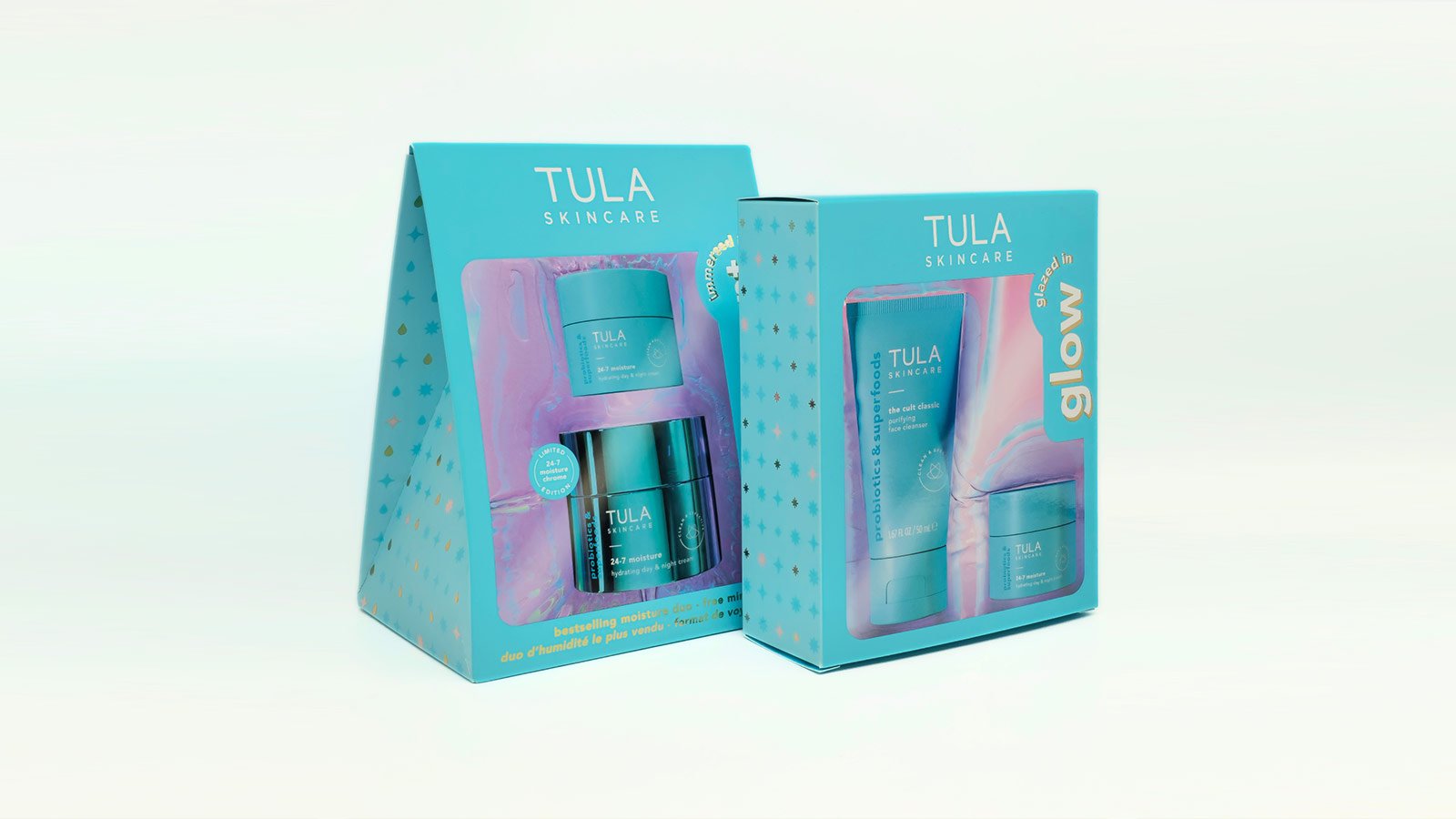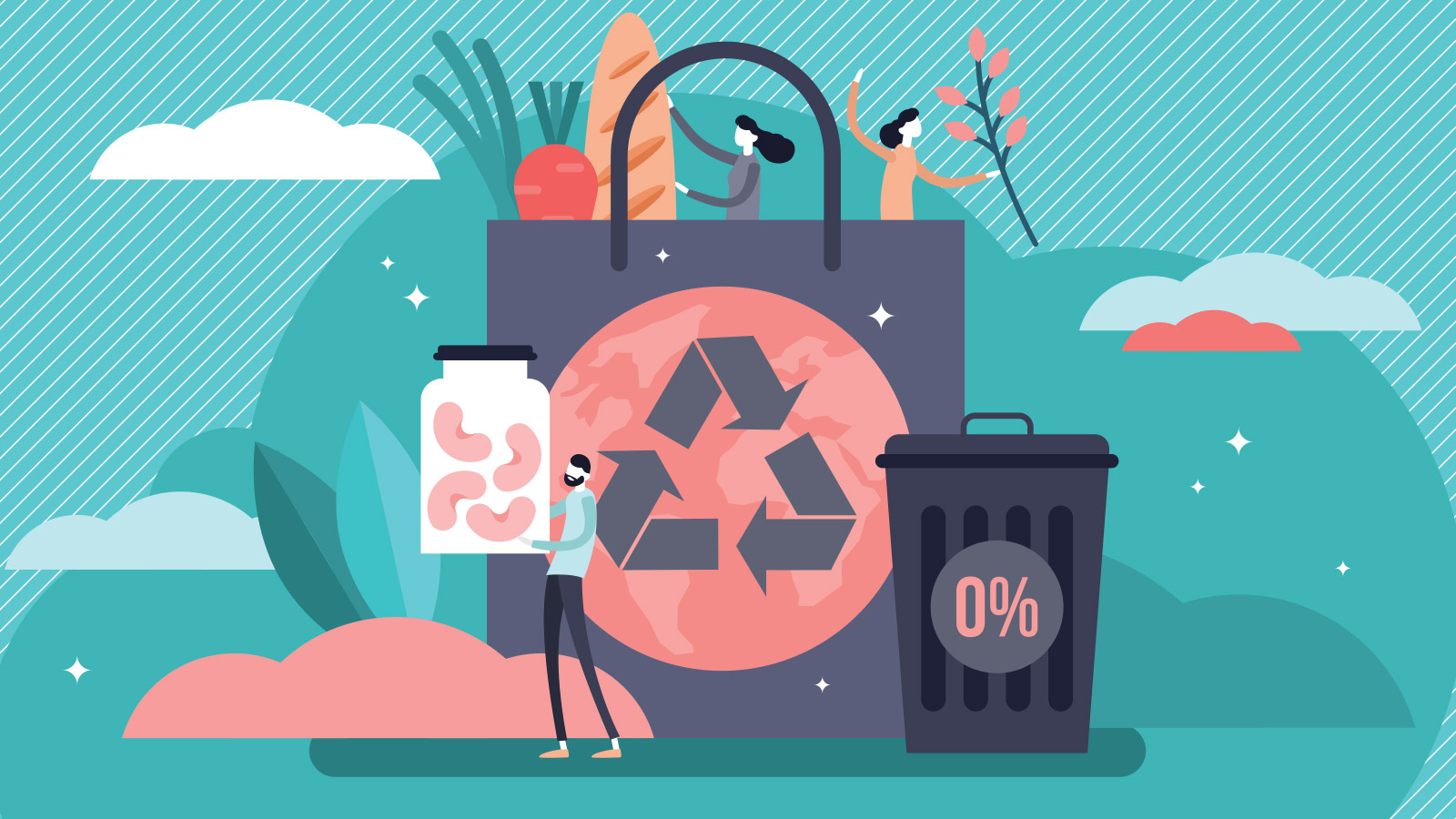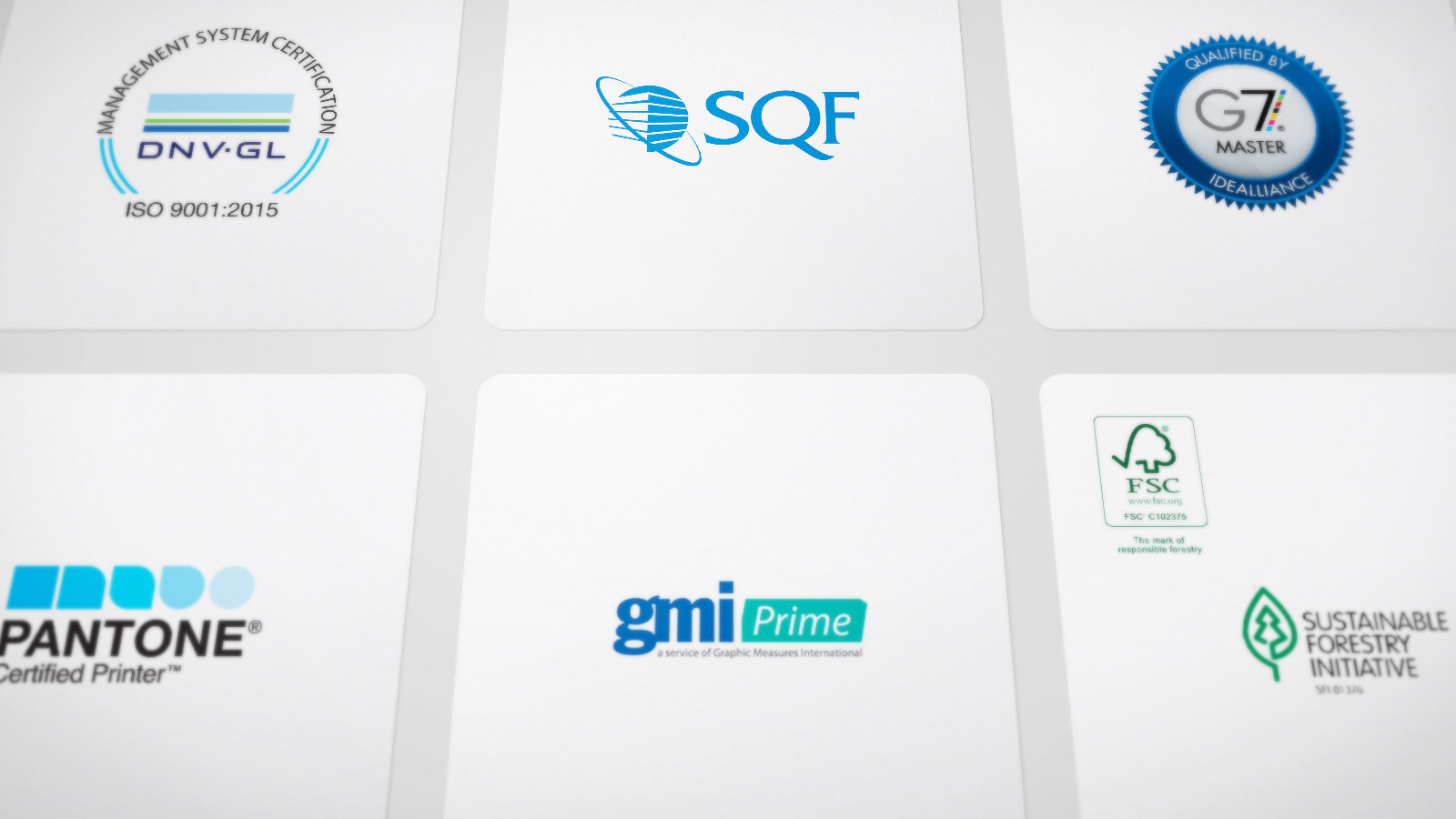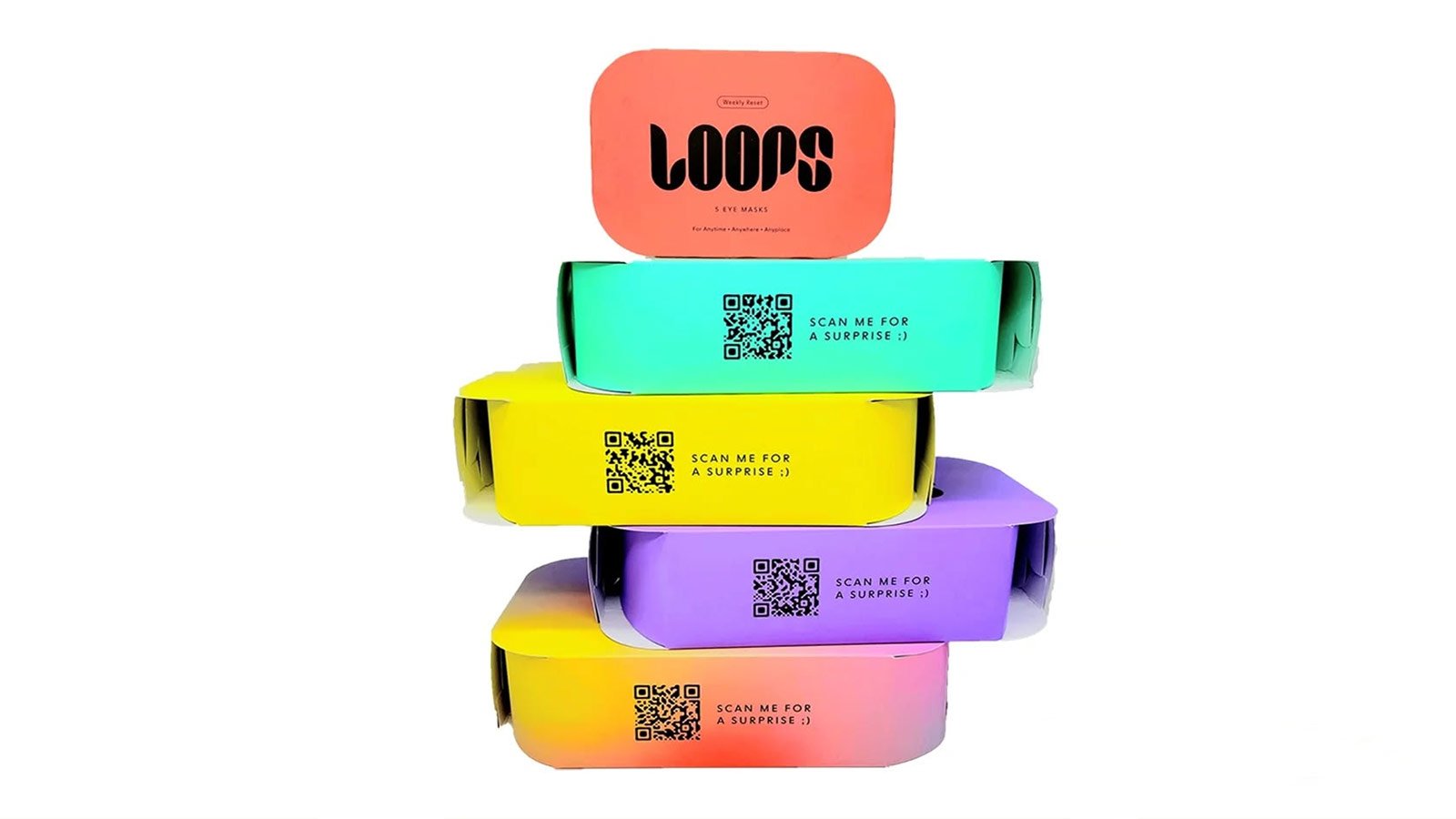Insights: Articles & Resources by Oliver Inc.

Designing for Durability & Reusability: Why High-Quality Packaging Is Essential
Sustainable packaging has moved from a nice-to-have feature to a critical business imperative. The growing number of eco-conscious consumers simply expect it; in fact, they will seek out brands that demonstrate environmental responsibility through their packaging choices.
Your challenge: Create packaging that meets rigorous environmental standards and the highest levels of durability and functionality.
When done right, sustainable packaging performs exceptionally across multiple use cycles, all while protecting product integrity and amplifying your brand.
Key Takeaways
- Investing in high-quality, durable packaging materials significantly reduces long-term costs while building consumer trust and brand loyalty.
- Forest Stewardship Council (FSC) and Sustainable Forestry Initiative (SFI) certifications ensure responsible forest management practices throughout the entire supply chain, granting your brand the verified environmental credentials eco-conscious consumers demand.
- The integration of advanced barrier coating technologies and strategic structural design maintains your packaging’s integrity through multiple use cycles.
- When properly implemented, right-sized packaging principles supercharge your sustainability efforts and improve operational efficiency across the supply chain.
- Food and beverage, health and beauty, cannabis, pharmaceutical, and consumer goods industries require specialized approaches to reusable packaging, from moisture barriers in food packaging to child-resistant features in pharmaceutical and cannabis applications.
The Evolution of Sustainable Packaging Materials
The packaging industry has experienced significant advancement in sustainable materials, particularly in paperboard solutions that combine durability with environmental responsibility.
Folding cartons are more long-lasting and greener than ever.
Traditional Paperboard Options That Are Durable & Green
Solid Bleached Sulfate (SBS) paperboard remains a cornerstone material for premium packaging applications, offering you superior printing surfaces and structural integrity.
Meanwhile, Coated Recycled Board (CRB) gives you a sustainable alternative that maintains high-performance standards while incorporating post-consumer recycled materials. This integration represents a leap forward in sustainable material development.
Sustainable Paperboard Alternatives Worth Considering
Beyond traditional paperboard, the packaging industry continues to explore innovative sustainable substrates that expand possibilities for brands committed to environmental stewardship.
Hemp-based materials, for instance, have emerged as a promising alternative, delivering exceptional strength-to-weight ratios and rapid renewable properties. These materials can be effectively combined with traditional paperboard to create hybrid solutions that enhance package durability while maintaining recyclability.
Similarly, cotton-based substrates, particularly those derived from post-industrial textile waste, provide unique structural properties and a distinctive tactile experience that appeals to premium brands—consumers can literally feel the difference.
Protein-based materials such as casein, derived from milk proteins, represent another frontier in sustainable packaging. These materials can be engineered to provide natural barrier properties while remaining fully biodegradable.
When combined with conventional paperboard solutions, these cutting-edge materials enhance your packaging performance without compromising environmental benefits.
Sustainable Packaging Certifications Are a Must When Choosing a Packaging Partner
The key to designing sturdy and reusable packaging, once again, depends on selecting a smart printing and packaging partner with green credentials. This can’t be overstated.
An environmentally conscious paperboard supplier will maintain multiple sustainability certifications, including those from the nonprofits Forest Stewardship Council (FSC) and Sustainable Forestry Initiative (SFI). These certifications ensure their paperboard materials come from responsibly managed forests and verified recycled sources.
SFI certification specifically focuses on North American forests, guaranteeing sustainable harvesting practices while promoting biodiversity and protecting water quality throughout the forestry supply chain.
FSC certification, on the other hand, provides a comprehensive chain-of-custody tracking system that traces materials from forest to consumer, assessing whether paperboard products come from ethically managed forests that provide environmental, social, and economic benefits to local communities (especially Indigenous ones).
Display SFI or FSC icons on your packaging where consumers will easily notice them. You can use these as educational tools, and include additional information about what your brand is doing to give back to the Earth.
Consumers won’t easily forget that.
Technical Considerations for Durable Packaging
Creating truly sustainable packaging requires careful attention to technical details.
Barrier coating technologies, for instance, play a crucial role in extending package life and protecting contents from moisture, oxygen, and other environmental factors. These coatings mean your packaging maintains its integrity through multiple use cycles—while ensuring product protection.
Right-size principles—using as little materials needed to secure your products—should guide any sustainable packaging design.
By optimizing package dimensions and material usage, and reducing useless air pockets, you minimize waste. And with a clever packaging partner, you’ll improve structural integrity.
Structural design considerations for reusable packaging focus on several key factors:
- Reinforced stress points to prevent wear during repeated use
- Innovative closure systems that maintain effectiveness throughout multiple cycles, including anti-counterfeiting features
- Material thickness optimization for maximum durability with minimum material usage
- Strategic use of scoring and folding patterns
Industry-Specific Applications & Benefits of Sustainable Packaging
Different industries require specialized approaches to create durable packaging solutions. While general sustainability principles apply across sectors, a seasoned packaging designer understands the unique wrinkles of each.
Food & Beverage
In food and beverage, your packaging should incorporate advanced barrier coatings to maintain product freshness while ensuring the structure remains stable through multiple handling cycles.
For frozen foods, you might integrate specialized adhesive technology and structural reinforcements that maintain package integrity in extreme temperature conditions. Shelf-ready designs incorporate features that protect products during transit while enabling efficient retail display, maximizing both functionality and visual appeal.
Health & Beauty
Combining premium aesthetics with practical reusability, health and beauty packaging implements clever features such as embossing/debossing and closure systems that maintain integrity and appeal through repeated use.
Special attention to material selection ensures your packaging retains its luxury feel while meeting sustainability goals. You can also enhance it with cold foil stamping and spot UV coatings, creating a distinctive shelf presence that endures through multiple consumer interactions.
Pharmaceuticals
Compared to other sectors, pharmaceuticals must put a higher premium on safety and compliance while incorporating sustainable materials.
Fresh, environmentally sound designs include tamper-evident features and clear usage instructions that remain legible throughout the product's lifecycle. Pharmaceutical folding cartons must meet stringent quality control standards and incorporate anti-counterfeiting measures that protect brand integrity.
Cannabis
The cannabis industry faces similar protection requirements and must meet strict regulatory standards, incorporating, for instance, child-resistant features that maintain effectiveness over time.
You may also consider employing specialized coating applications that preserve product freshness, keeping your brand compliant with varying state regulations.
Consumer Goods
Consumer goods packaging varies wildly, giving your brand numerous opportunities to create durable, sustainable folding carton designs that intrigue—including windows or special closures. Advanced paperboard materials provide superior strength-to-weight ratios, enabling robust protection with minimal material usage—ideal for heavier or bulkier products.
The Business Case for Quality
Investing in high-quality, resilient packaging delivers measurable returns.
From reduced material costs and increased customer loyalty to enhanced brand reputation and compelling, bold folding carton designs, your brand will reap untold benefits from going green. Brands that commit to sustainable packaging solutions typically see increased customer retention rates and stronger brand advocacy among environmentally conscious consumers, as well.
In fact, 39 percent of consumers say the environmental impact of packaging is extremely or very important to their purchasing decisions, according to 2023 research by global consulting firm McKinsey & Company. That figure will likely only go up as younger, more eco-conscious consumers enter the market.
The long-term cost benefits of sustainable packaging extend beyond material savings, though.
Higher-quality materials and construction reduce damage rates during shipping and handling, while reusable designs can significantly decrease overall packaging requirements throughout time. Additionally, brands that demonstrate environmental responsibility through their packaging choices often command premium pricing and increased market share.
The future of packaging lies in solutions that seamlessly combine durability, reusability, and sustainability.


